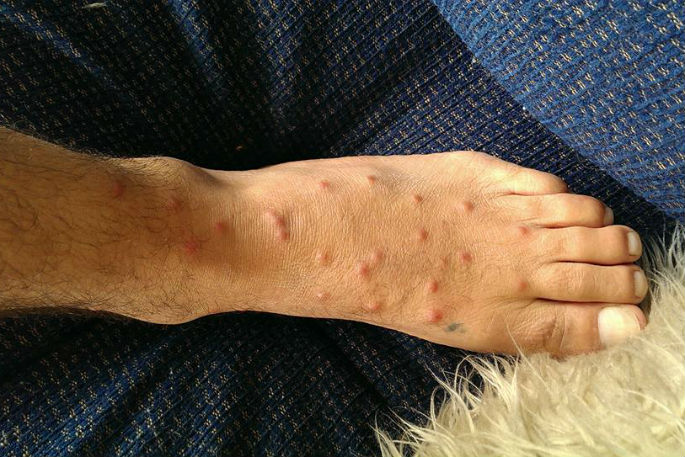It's that time of year again. The Mount Mauler leaves beachgoers hot, bothered and covered in itchy red welts.
The Weekend Sun hears reports of mauling's each year, but has the phycosecis limbata made a return this summer?
Amcal Mount Dispensary owner and pharmacist Daphne Earles thinks not.
'I haven't seen any signs of it this year.
'I have been here for 20 years and as of recent years, I am seeing less and less of it. I think it's diminishing.”
The creepy-crawly, which is yet to be formally identified, is thought to live in the high-tide mark around Tauranga beaches.
It's known to prey between the months of November and March.
Downtown Pharmacy Mount Maunganui pharmacist Brenda Bucks says she only works part-time but has already seen a few cases of the bites this summer.
'People have come in after being at the beach, with little red raised spots where they have been bitten, mainly on the legs and the arms.
'There's not a lot you can do to prevent it – if you are lying on the beach you are more likely to get hammered than if you are running about,” she says.
The bites will often not appear until days after being attacked.
Brenda reiterates this, saying you don't notice when you are getting bitten. "It's not until after you start to itch.
'A burning, hot prickling sensation, like hot needles," is how one victim has described the bites in previous years.
Another saying it is the "most insufferable itchy experience ever".
What should do you if experience a mauling?
Pharmacists can assist with cooling gels or antihistamine creams. But, Brenda warns victims not to scratch the bites.
"They are pretty self-limiting and they do eventually go away. To prevent them from becoming infected, it's important to not scratch them.
"We get huge orders of insect creams this time of year, and we sell the most of them in January."

